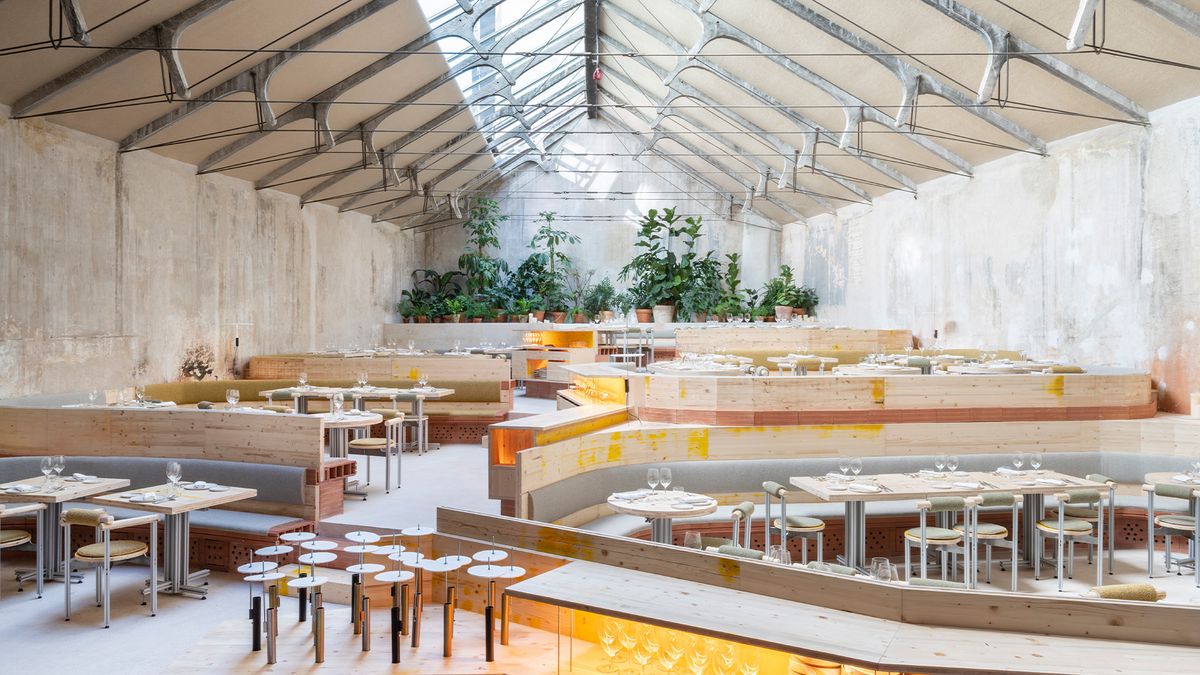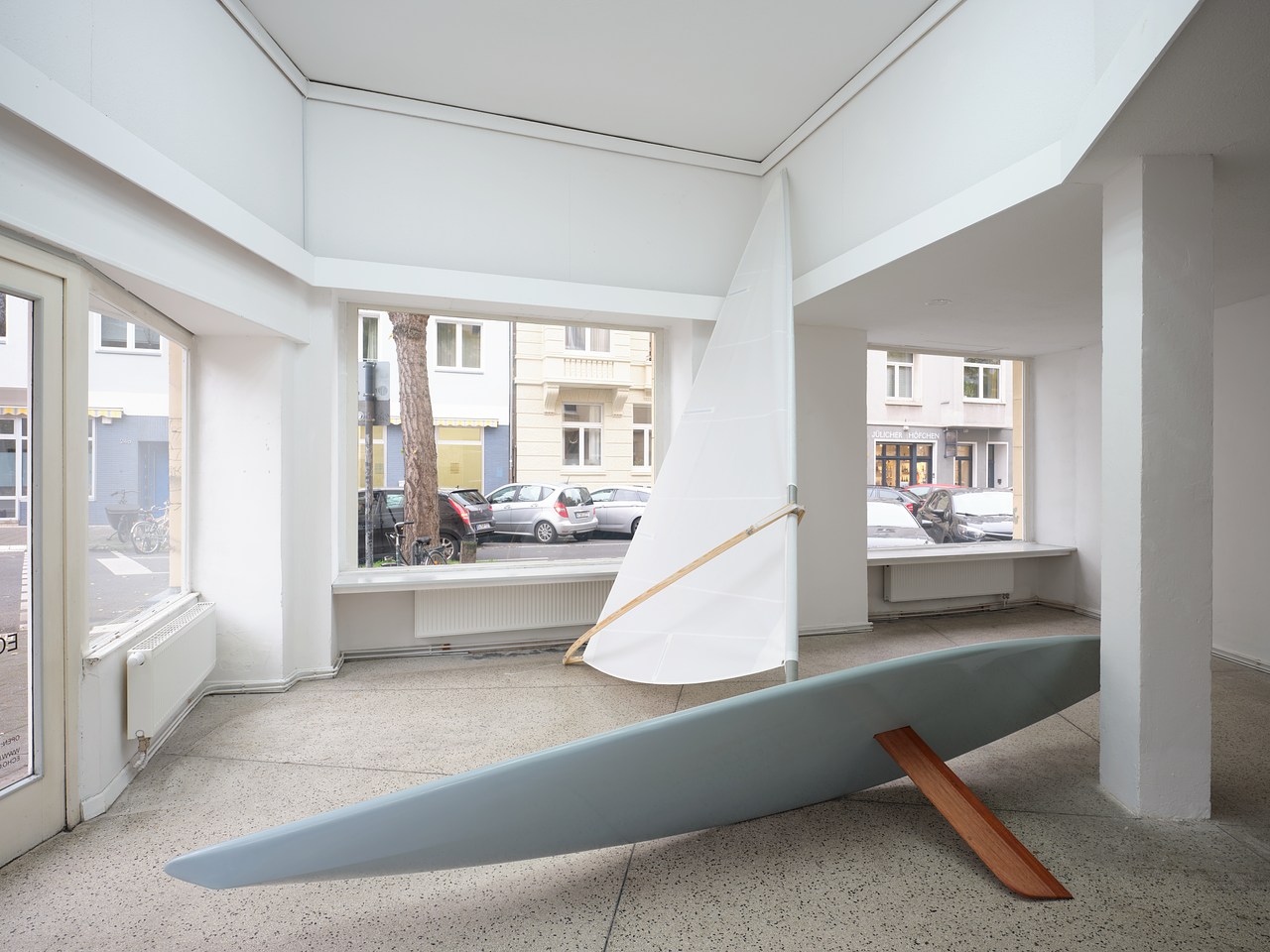Bayramiç Stone Mill
2020 - Textile (Textile)
152 x 214 cm
Asli Çavusoglu
In the exhibition Pink as a Cabbage / Green as an Onion / Blue as an Orange , Asli Çavusoglu pursues her work on color to delve into an investigation into alternative agricultural systems and natural dyes made with fruits, vegetables, and plants cultivated by the farming initiatives she has been in touch with. Yet, rather than formulating the history of a particular color, the artist thinks through color, bringing together the various stories and models numerous farming initiatives in Turkey. The fabrics – each corresponding to a unique initiative – evoke the question: How have the social uprisings in Turkey during the last decade shaped the way we reimagine sites of everyday resistance? Can planting seeds constitute a political act? Following the Gezi uprisings in 2013, the artist noted the formation of numerous urban guerilla gardens reclaiming neglected land and the establishment of ecological farming initiatives in rural Turkey advocating for sustainable and community-supported agriculture. Interested in the different models of resistance these initiatives proposed, her work takes the form of an installation of numerous fabrics whose different sizes, textures, patterns and rhythmic surfaces introduce a mapping exercise about their stories. Bayramic Stone Mill , 2020 The artist used the same technique of embroidery on the textile entitled Bayramic, however this time she applied the shape of a grain, characterizing the initiative’s seed bank mission, preserving over fifty types of grains at risk of extinction, using traditional methods of preservation and production to this day.
Asli Çavusoglu’s projects examine how cultural and historical facts are transformed, represented, and interpreted by individuals. Working across various media, Cavusoglu often assumes the role of interpreter, writer, or facilitator in her projects in order to highlight the precarious and subjective nature of our shared stories, questioning those who frame these experiences for the wider public.
Colors:
Related works sharing similar palette

© » KADIST
Marcelo Cidade
2010Marcelo Cidade’s sculpture Abuso de poder (Abuse of Power, 2010) is a mousetrap elegantly crafted in Carrara marble...

© » ARTS EQUATOR
Weekly Picks: Indonesia (9 - 15 July 2018) | ArtsEquator Thinking and Talking about Arts and Culture in Southeast Asia Indonesia July 9, 2018 Top Picks of Indonesia art events in Bali, Yogyakarta and Jakarta from 9 – 15 July 2018 Titian Art Space in Bali presents the exhibition Mokoh for the house of Mondo ...
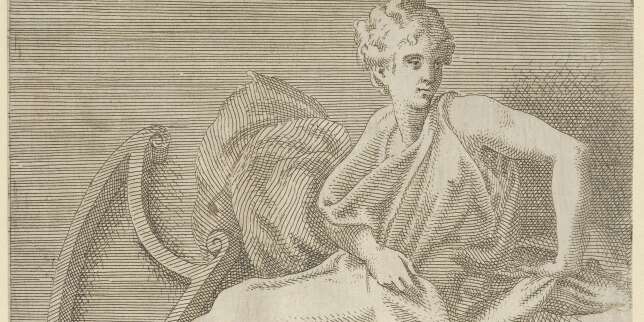
© » LE MONDE
« On ne démocratise pas le rapport à la musique, à la danse en les réduisant à un “éveil musical ou dansant” » Offrir Le Monde F in octobre tombait une nouvelle pour le moins sidérante : le directeur académique des services de l’éducation nationale en Indre-et-Loire annonçait le démantèlement des classes à horaires aménagés musique et danse ( CHAM et CHAD ), de la 6 e à la 3 e , du lycée Paul-Louis-Courier, de Tours, au nom de la mixité sociale et scolaire...
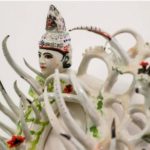
© » ARTS EQUATOR
Weekly Southeast Asia Radar: Why I sing in English; how Cambodian art can survive | ArtsEquator Thinking and Talking about Arts and Culture in Southeast Asia ArtsEquator Radar Nyein Su Wai Kyaw Soe | Frontier March 12, 2020 ArtsEquator’s Southeast Asia Radar features articles and posts about arts and culture in Southeast Asia, drawn from local and regional websites and publications – aggregated content from outside sources, so we are exposed to a multitude of voices in the region...

© » KADIST
Margo Wolowiec
2017Imagine How Many by Margo Wolowiec is a woven polyester depiction of blurred text and floral images found on social media, distorted beyond complete recognition...

© » KADIST
Matthew Angelo Harrison
2015In Hole #1 a zebra scull stands in as a representation of Africa, while the plexiglass box and the hole made through it represent the inaccessibility of that culture to African-Americans....

© » KADIST
Hernan Bas
2010A Splinter (Study for Painting) is a large graphite work on paper by Hernan Bas that was intended as a study for a later painting...

© » KADIST
Kamau Amu Patton
2011Kamau Amu Patton’s painting Static Field I originates from a system of electronic and digital media...
© » KADIST
Rabih Mroué
2012The Pixelated Revolution is a lecture-performance by artist Rabih Mroué about the use of mobile phones during the Syrian revolution...
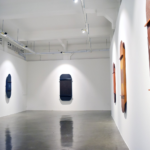
© » ARTS EQUATOR
Latiff Mohidin’s “Langkawi”: The Within and Beyond | ArtsEquator Thinking and Talking about Arts and Culture in Southeast Asia Articles Image: Chan + Hori Gallery July 10, 2018 By Gerald Sim (1,500 words, eight minute read) As with any thought-provoking installation, Latiff Mohidin’s “Langkawi” series, on show at Chan+Hori Contemporary , evokes a large range of perceptions from its audience...

© » KADIST
Exhibition walk-through of Here We Live with Pheng Cheah, leading theorist of cosmopolitanism, Jerome Reyes, artist, and Marie Martraire, director, KADIST San Francisco Presenting videos and installations, alongside archival materials, the exhibition Here We Live , reveals strategies through which communities cope with the cultural tensions linked to the transformations of the places they live...
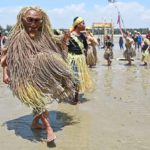
© » ARTS EQUATOR
Weekly Southeast Asia Radar: Puja Pantai in Selangor; young Cambodian singers talk old music | ArtsEquator Thinking and Talking about Arts and Culture in Southeast Asia ArtsEquator Radar AP January 16, 2020 ArtsEquator’s Southeast Asia Radar features articles and posts about arts and culture in Southeast Asia, drawn from local and regional websites and publications – aggregated content from outside sources, so we are exposed to a multitude of voices in the region...
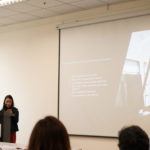
© » ARTS EQUATOR
Podcast 60: The Media Landscape in the Philippines | ArtsEquator Thinking and Talking about Arts and Culture in Southeast Asia ArtsEquator Viewpoints Courtesy of Asian Arts Media Roundtable July 4, 2019 Duration: 19 min In our latest podcast, art critic Pristine de Leon gives a comprehensive overview of the media landscape in the Philippines, discussing challenges to the practice and the new platforms that are paving the way for creative, incisive and timely forms of arts criticism...


